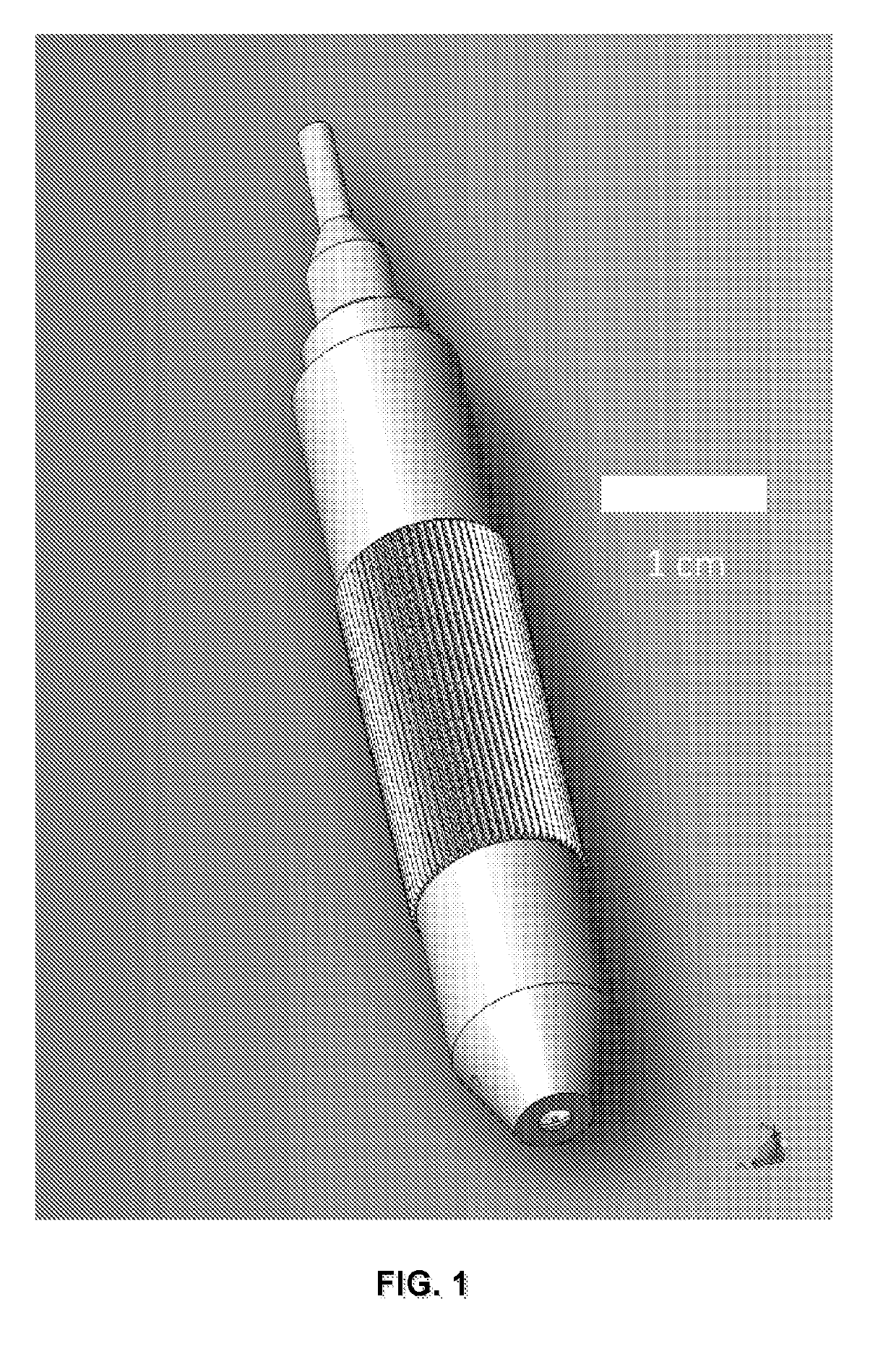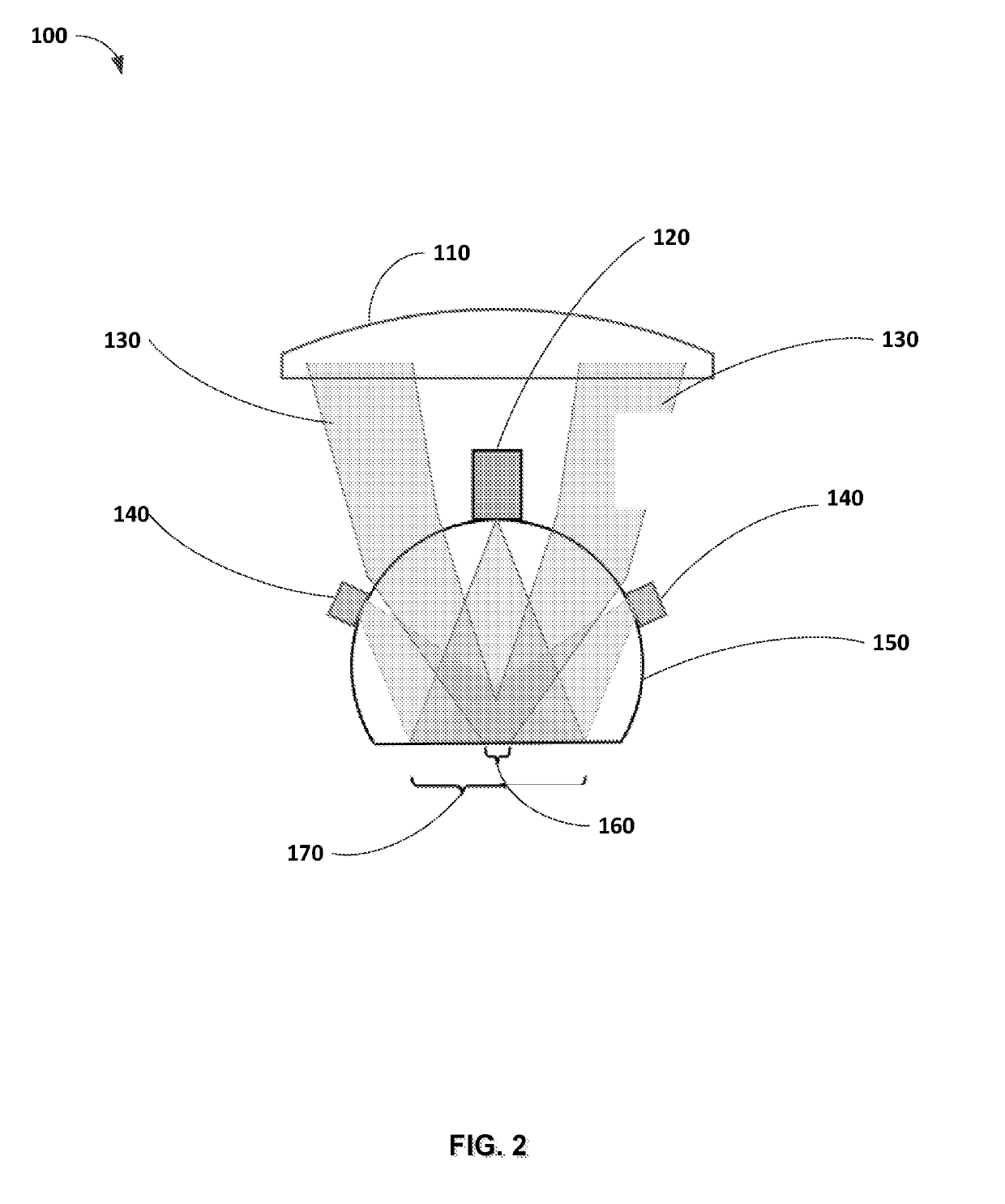Microscope lens with integrated wide-field camera and beam scanning device
a wide-field camera and microscope technology, applied in the field of microscope lenses with integrated wide-field cameras and beam scanning devices, can solve the problems of limited accuracy and repeatability, inability to perform sub-surface microscopic imaging with a handheld device, and millions of biopsy of benign lesions, so as to reduce the need for biopsy, improve specificity, and reduce the effect of benign-to-malignant detection ra
- Summary
- Abstract
- Description
- Claims
- Application Information
AI Technical Summary
Benefits of technology
Problems solved by technology
Method used
Image
Examples
Embodiment Construction
[0035]Before any embodiments of the invention are explained in detail, it is to be understood that the invention is not limited in its application to the details of construction and the arrangement of components set forth in the following description or illustrated in the following drawings. The invention is capable of other embodiments and of being practiced or of being carried out in various ways.
Microscope Objective Lens with Integrated Wide-Field Camera
[0036]The promise of in vivo microscopy for diagnosis of diseases such as cancer is huge, and significant progress has been made to create in vivo microscopy systems. Two aspects of current state-of-the-art microscope optics are: 1) the available field of view laterally is limited to a few hundred microns, less than 1 mm, and 2) the optics are bulky, and the size of the objective lens where it is in contact with the tissue being examined is typically several mm, even in clinical microscopes designed for in vivo examination. Theref...
PUM
 Login to View More
Login to View More Abstract
Description
Claims
Application Information
 Login to View More
Login to View More - R&D
- Intellectual Property
- Life Sciences
- Materials
- Tech Scout
- Unparalleled Data Quality
- Higher Quality Content
- 60% Fewer Hallucinations
Browse by: Latest US Patents, China's latest patents, Technical Efficacy Thesaurus, Application Domain, Technology Topic, Popular Technical Reports.
© 2025 PatSnap. All rights reserved.Legal|Privacy policy|Modern Slavery Act Transparency Statement|Sitemap|About US| Contact US: help@patsnap.com



